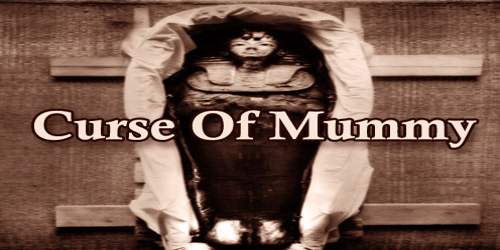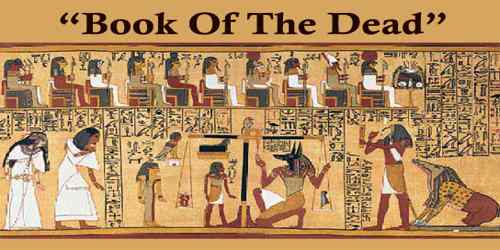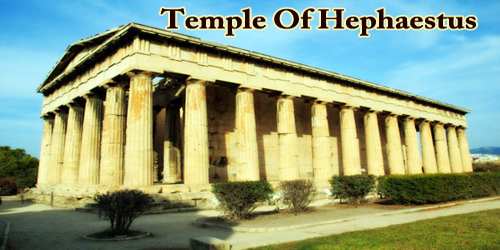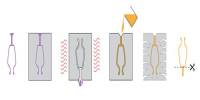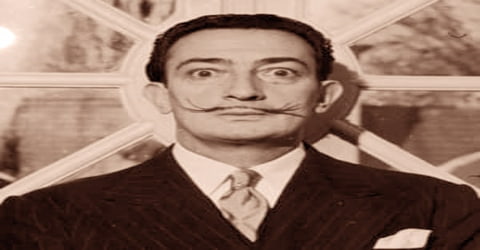The “Mummy’s Curse” first enjoyed worldwide acclaim after the 1922 discovery of King Tutankhamun’s tomb in the Valley of the Kings near Luxor, Egypt. Archeologist Howard Carter and his sponsor, Lord Carnarvon, had made the greatest discovery in the history of Egyptology a fully intact 3000-year-old pharaoh’s tomb untouched by grave robbers. The belief in a curse was brought to many people’s attention due to the deaths of a few members of Howard Carter’s team and other prominent visitors to the tomb shortly thereafter.
The famous Egyptologist James Henry Breasted worked with Carter soon after the first opening of the tomb. He reported how Carter sent a messenger on an errand to his house. On approaching his home the messenger thought he heard a “faint, almost human cry”. Upon reaching the entrance he saw the birdcage occupied by a cobra, the symbol of the Egyptian monarchy. Carter’s canary had died in its mouth and this fueled local rumors of a curse. Arthur Weigall, a previous Inspector-General of Antiquities to the Egyptian Government, reported that this was interpreted as Carter’s house being broken into by the Royal Cobra, the same as that worn on the King’s head to strike enemies, on the very day the King’s tomb was being broken into. An account of the incident was reported by The New York Times on 22nd December 1922.
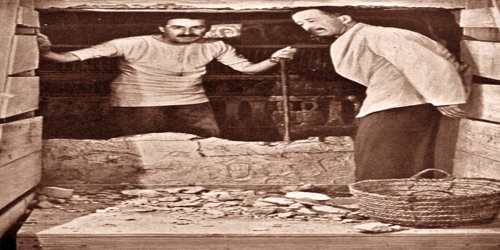
(Howard Carter and Carnarvon at the entrance to the burial chamber)
In ancient Egypt, one or two messages, written in hieroglyphics along with various magical powers were closely associated with the mummy. King Tutankhamen’s mummy was not an exception as well. A message which said “Death Shall Come on Swift Wings To Him Who Disturbs the Peace of the King” was linked to his mummy too. At that time this message got great media hype. Many newspapers and magazines reported that there was a curse on the king Tutankhamen’s tomb. The hype of the curse of the mummy reached its pick when a British Lord namely Carnarvon who was associated with the discovery of King Tutankhamen’s tomb died due to the mosquito bite on his cheek shortly after the opening of the tomb. Surprisingly, at the same time, his pet dog also had took its last breath. It is believed that due to some unknown mysterious events all the lights of the city of Cairo went out as well. The interesting fact is that Howard Carter who had discovered the king’s tomb was alive for 10 more years after his great discovery. He died naturally at the age of 65.
In recent years, some have suggested that the pharaoh’s curse was biological in nature. Could sealed tombs house pathogens that can be dangerous or even deadly to those who open them after thousands of years especially people like Lord Carnarvon with weakened immune systems?
The mausoleums house not only the dead bodies of humans and animals but foods to provision them for the afterlife. Lab studies have shown some ancient mummies carried mold, including Aspergillus niger and Aspergillus flavus, which can cause congestion or bleeding in the lungs. Lung-assaulting bacteria such as Pseudomonas and Staphylococcus may also grow on tomb walls. These substances may make tombs sound dangerous, but scientists seem to agree that they are not.

(Howard Carter examines the coffin)
A study showed that of the 58 people who were present when the tomb and sarcophagus were opened, only eight died within a dozen years. All the others were still alive, including Howard Carter, who died of lymphoma in 1939 at the age of 64. The last survivors included Lady Evelyn Herbert, Lord Carnarvon’s daughter who was among the first people to enter the tomb after its discovery in November 1922, who lived for a further 57 years and died in 1980, and American archaeologist J.O. Kinnaman who died in 1961, a full 39 years after the event. There were about 11 deaths in the first 10 years of Tutankhamen’s tomb opening. Other early tomb visitors died violent or strange deaths within the year. Prince Ali Kemal Fahmy Bey and South African millionaire Woolf Joel were both murdered and British MP Aubrey Herbert went blind and died of blood poisoning.
Nowadays the archaeologists and scientists wear masks while exploring tombs and mummies. It protects them from being affected by harmful bacteria and plants. The mummy’s curse may be a fact or fiction but even today people are really interested to listen to the stories of the curse. The entire Hollywood fraternity is also interested in making films on the story of the curse of the mummy.
Information Source:
